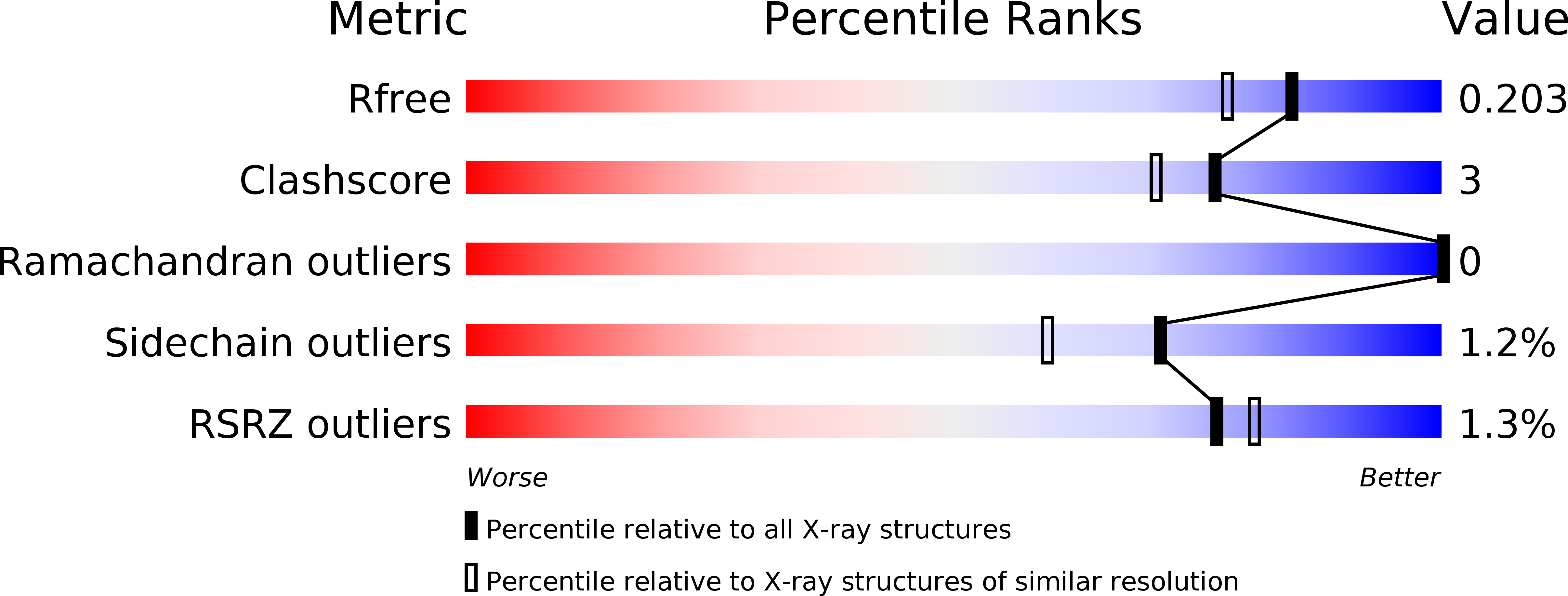
Deposition Date
2017-10-04
Release Date
2018-04-18
Last Version Date
2024-03-13
Entry Detail
PDB ID:
6B7M
Keywords:
Title:
Crystal structure of Legionella effector sdeD (lpg2509) in complex with Ubiquitin
Biological Source:
Source Organism:
Legionella pneumophila (Taxon ID: 446)
Homo sapiens (Taxon ID: 9606)
Homo sapiens (Taxon ID: 9606)
Host Organism:
Method Details:
Experimental Method:
Resolution:
1.70 Å
R-Value Free:
0.19
R-Value Work:
0.15
R-Value Observed:
0.16
Space Group:
P 1 21 1


